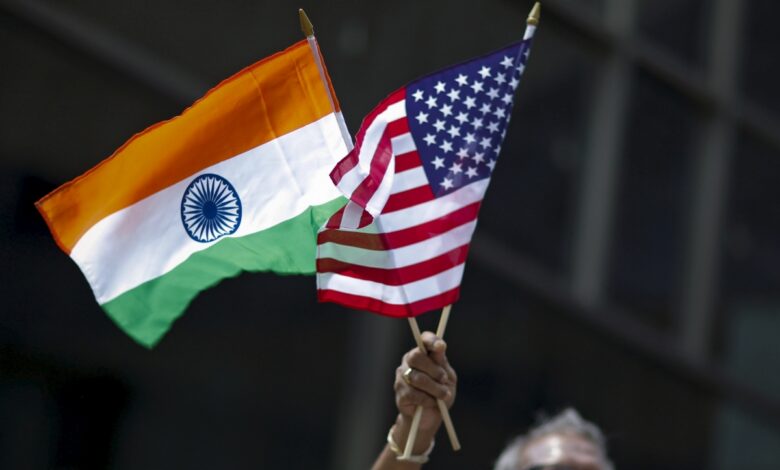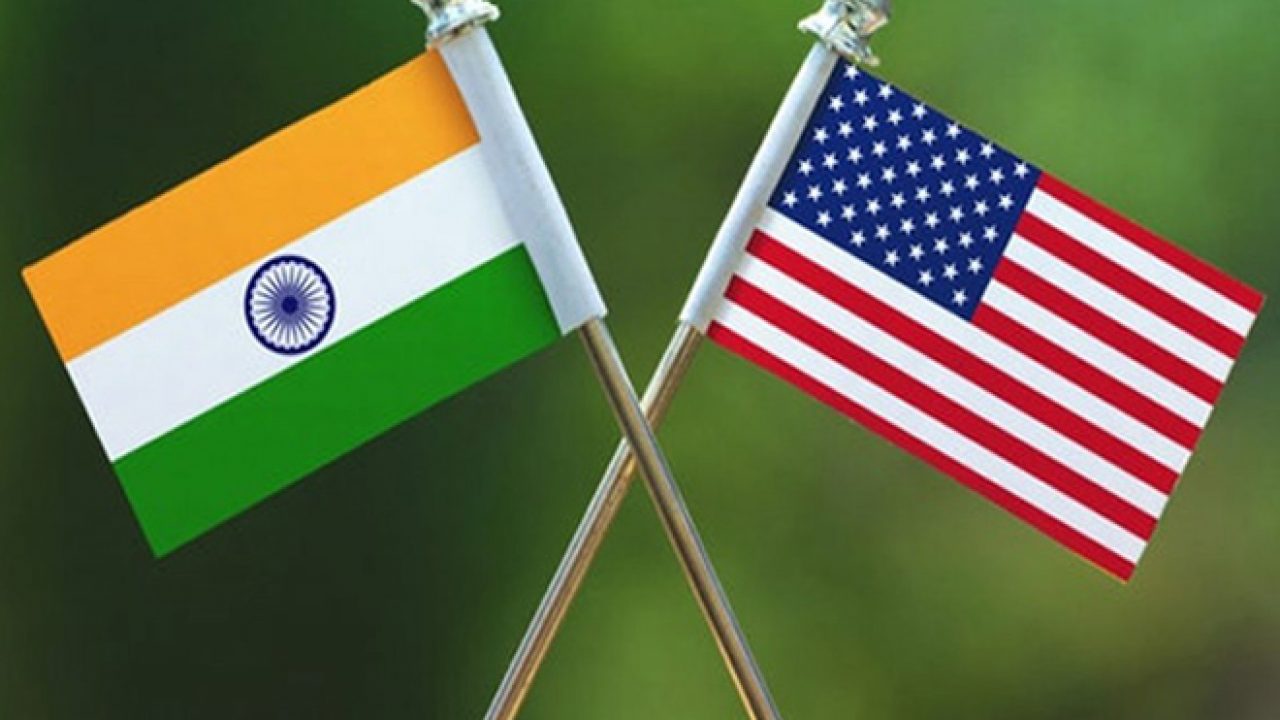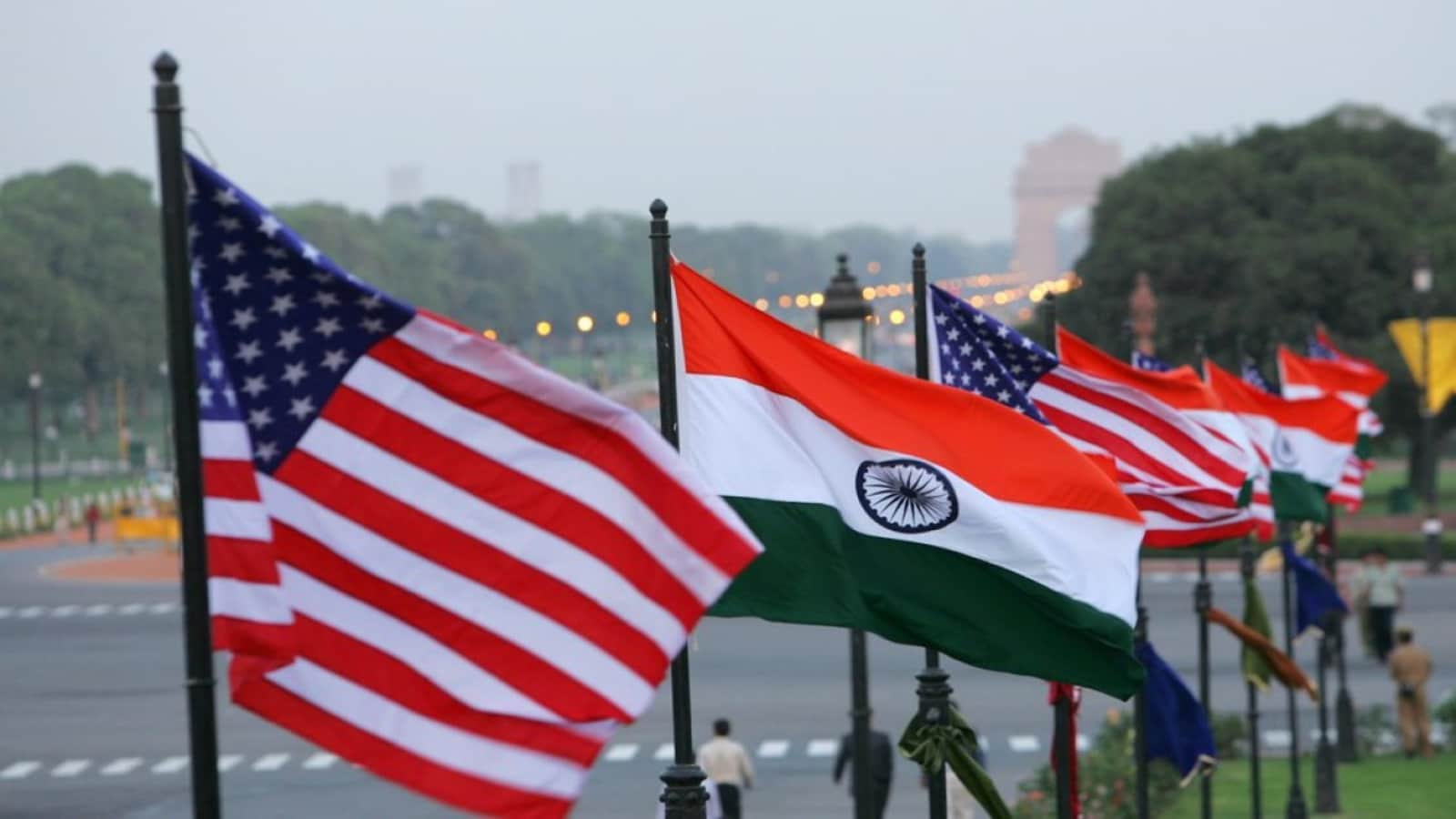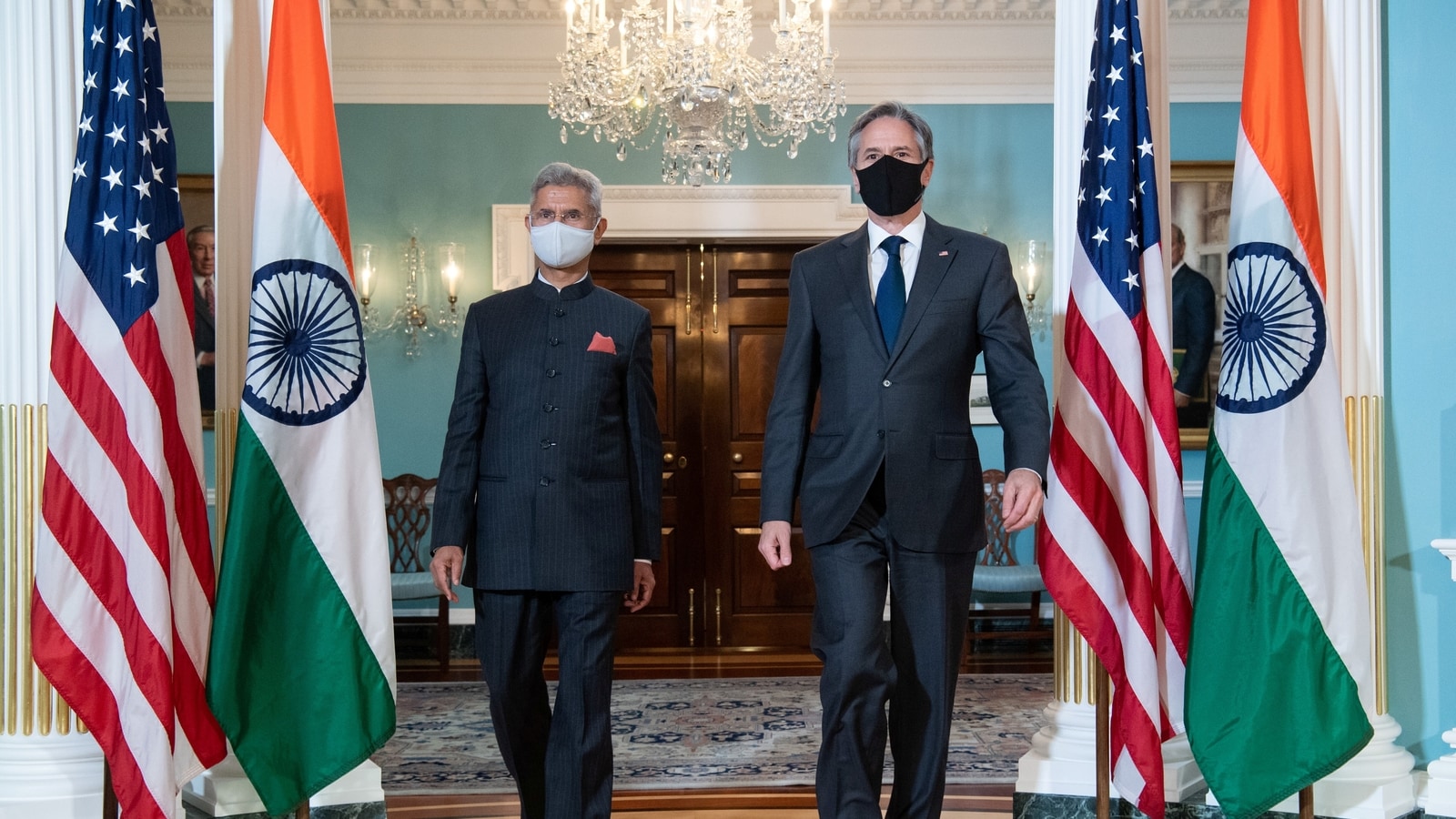India and the United States are attempting to collaborate in the civil nuclear energy industry.
According to the US Assistant Secretary of State for Energy, a significant portion of the strategic connections between the US and India would be formed through their overall energy cooperation.

India and the US are taking a second look at exploring practical cooperation in the civil nuclear energy sector after failing to advance since signing a historic agreement for partnership in the area more than 14 years ago, in light of growing global concerns over energy security sparked by the conflict in Ukraine.
The discussions US Assistant Secretary of State for Energy Resources Geoffrey R. Pyatt had with Indian counterparts in Delhi on February 16 and 17 focused heavily on ways for bilateral cooperation in areas of clean energy, including nuclear commerce within the framework of the India-US Nuclear Agreement of 2008.
In an exclusive interview, Pyatt praised India as a critical partner for the US in ensuring global energy security, particularly in light of the severe disruptions in fossil fuel supplies caused by Russia’s “brutal” invasion of Ukraine.
According to Pyatt, the US backs Prime Minister Narendra Modi’s government “The plan is “very ambitious,” with a goal of 500 GW (gigawatts) of energy transition by 2030. The commercial paradigm of the civil nuclear sector is changing. He remarked, without going into any detail, “We made a major commitment to minor and marginal reactors in the United States, which may be especially pertinent in the Indian situation.
Pyatt held the positions of Political Counselor at the US Embassy in New Delhi from 2002 to 2006 and Deputy Head of Mission from 2006 to 2007 during the period of active talks between the two parties on the civil nuclear accord.
True collaboration in the civil nuclear energy business has remained elusive for more than 14 years, owing to differences between the two sides concerning liability legislation guiding the recovery of damages from suppliers in the event of an accident. ” That was the first important project undertaken together by our two governments. According to Pyatt, it was highly effective throughout the rest of the world. According to the US Assistant Secretary of State for Energy, the 2011 disaster at Japan’s Fukushima nuclear power plant hampered the “civil nuclear renaissance” that many were talking about.
He added that the climate crisis is another reason for choosing clean energy, but that Japan is currently reevaluating the significance of nuclear power as part of its overall response to the “incredible disruptions of the global energy markets that (Russian President) Vladimir Putin has caused with his invasion of Ukraine.” New Delhi, according to Pyatt, is eager to advance civil nuclear energy cooperation as part of broader bilateral energy relations. One of the most crucial agendas we have any place in the world is the US-India energy and climate agenda, he claimed.
According to the US Assistant Secretary of State for Energy, a significant portion of the strategic connections between the US and India would be formed through their overall energy cooperation.
According to Pyatt, the US is eager to establish close ties with India in the field of environmentally friendly hydrogen energy. On January 4, India authorised the National Green Hydrogen Mission with a budget of Rs 19,744 crore to create a five million tonne per year green hydrogen manufacturing capability.
India authorised the National Green Hydrogen Mission on January 4 with a budget of Rs 19,744 crore, with the goal of developing a five million tonne per year green hydrogen production capacity by 2030. According to him, “The American investment in hydrogen complements the Indian investment in hydrogen, and what I’m interested in right now is building bridges between our respective initiatives so that we may benefit from one another’s knowledge.”
In response to a query, Pyatt stated that there is a sizable opportunity for cooperative ventures between the businesses of the two nations in the region. According to Pyatt, ExxonMobil Corporation, an American global oil and gas business, has also made a significant commitment to the clean energy source, just as Reliance Industries is doing in India with green hydrogen.
He said that collaboration between India and the US is possible in the fields of hydrogen fuel cells, scalable hydrogen energy storage systems, and green shipping. According to the US official, the US is also considering prospective energy cooperation within the framework of the Quad.
Our primary organising principle is the quad. If you consider the many ways in which our four governments are engaged, you will see that they have all made significant investments in hydrogen (energy). India has a sizable commitment, while Australia has a sizable hydrogen programme. According to him, the Japanese have a long-standing interest in hydrogen (energy), thus our hydrogen ecosystem will expand quickly. The Quad also includes Japan and Australia in addition to the US and India.
The senior diplomat continued, “This visit is focused on how to strengthen the bilateral strategic energy collaboration between the United States and India. But as that cooperation grows and expands into more futuristic areas, I believe there will be a natural chance to move from there into the Quad setting, he added. The senior diplomat claimed that the Russian invasion of Ukraine has made it more desirable to hasten the energy transition, particularly in regions like Europe.
It’s crucial to realise that Putin believed he could drag Europe to its knees by withholding gas resources, but that strategy failed, and now that it has failed, he is unable to use that card in the future. We must ensure that he is never in a position to harm someone else.
Given that Jaishankar has managed the India-US bilateral account as a foreign service official for half his life, including the nuclear accord, there is little question that ties between the two democracies would be strengthened. Under Prime Minister Narendra Modi, bilateral ties between the two nations have achieved new heights, with both countries on the same page on most global problems and ready for an open thorough dialogue on topics where India and the US have differing opinions.
There is real-time intelligence exchange and a hotline functioning between the White House and Lok Kalyan Marg through important personnel at all hours of the day.
Although the two nations set a highly ambitious future roadmap during National Security Adviser Ajit Doval’s three-day visit to Washington (January 30-February 1), the translation of bilateral goals on the ground is more crucial. To mention a few, the plan involves extensive collaboration in the fields of semiconductors, aviation engines, space technologies, an innovation bridge, and 5G/6G telecommunications.
As a tasty appetiser, the US has agreed to “expeditiously assess” General Electric’s licence application to produce GE-414 engines for the Tejas Mark II fighter in India under 100% intellectual transfer. Because the product is subject to the US International Traffic in Arms Regulation (ITAR), the licence must be approved by the State Department, Pentagon, and Commerce Department. India has already acquired off-the-shelf GE-404 engines to power the Tejas Mark I fighter.
While the US has been talking about the transfer of vital and dual-use technology since the Atal Bihari Vajpayee government’s Next Steps in Strategic Partnership (NSSP) in 2004, little of that is visible even today in the defense/security industry. On July 28, 2002, at a meeting with then-NSA Brajesh Mishra at PM Vajpayee’s house, then-Secretary of State Colin Powell initially offered India the civilian nuclear deal by isolating military nuclear reactors.
After the NSSP, India signed the Indo-US civilian nuclear agreement in 2005 and the Defence Technology Initiative (DTI) in 2012, which was later renamed the Defence Technology and Trade Initiative (DTTI). The essential aspects of DTTI were that India will manufacture the newest state-of-the-art shoulder launched Javelin anti-tank guided missile in India through technology transfer, as well as a working group on hot engine technology, which is critical to designing.
Creating and producing fighter engines. Although then-Defence Secretary Ashton Carter unveiled the DTTI with great fanfare, the Javelin proposal died since the US did not disclose the critical infrared seeker technology (heart of the ATGM) with India, and the hot engine technology group is still a work in progress and in South Block files.
During the last two decades, India has become a major defence importer from the United States, beginning with gun-locating radars after the Kargil war, then moving on to Apache attack helicopters, C-130 and C-17 medium to heavy lift transport aircraft, P8I multi-mission surveillance aircraft, Sea Guardian drones on lease, and landing ship INS Jalashwa, as well as turbine engines for INS Vikrant.
The largest concern among national security officials is whether the US would keep the promises made on paper during NSA Doval’s visit to bolster the bilateral relationship in the face of Chinese belligerence on the northern frontier and in the Indo-Pacific. Nothing can stop the two nations if Washington does.
edited and proofread by nikita sharma







